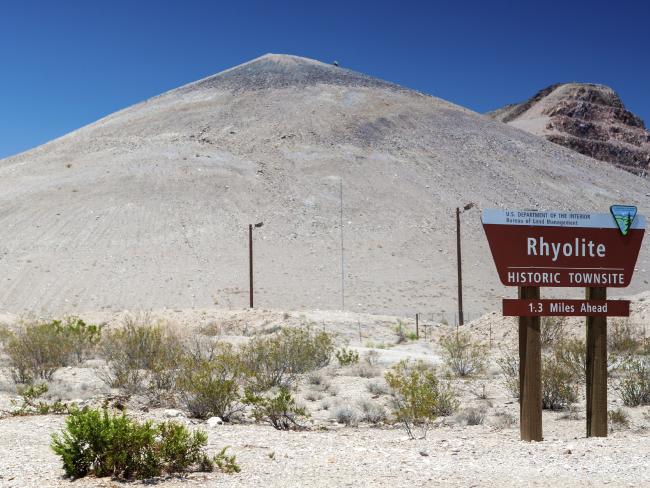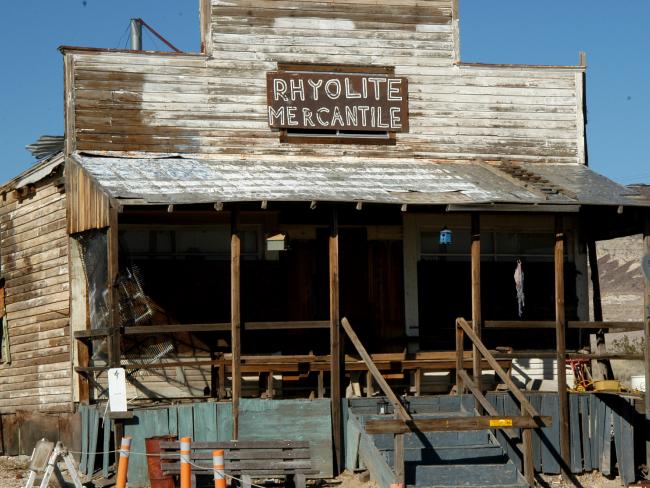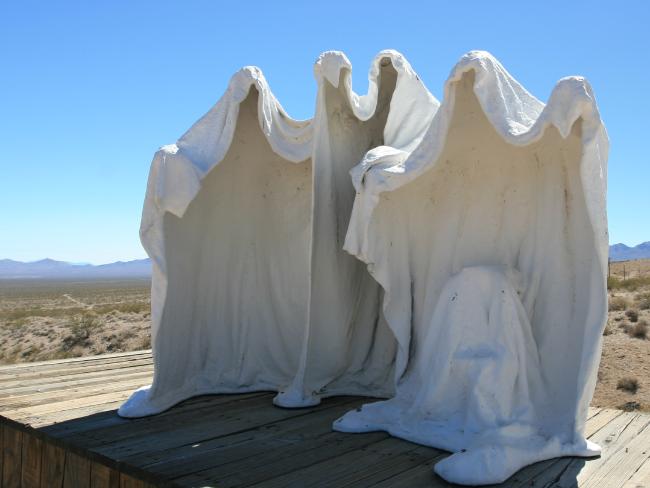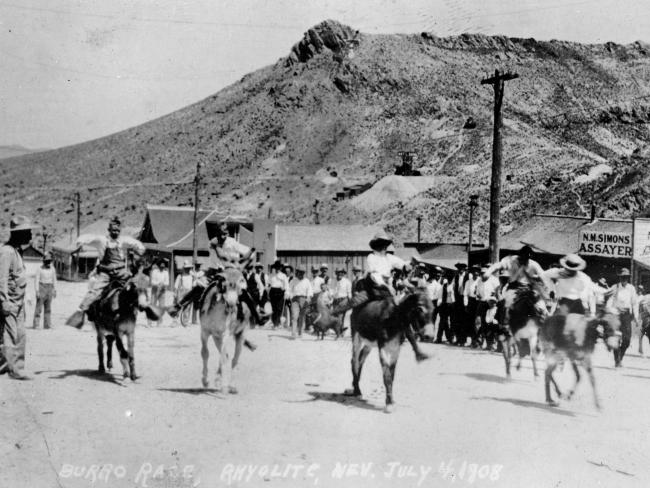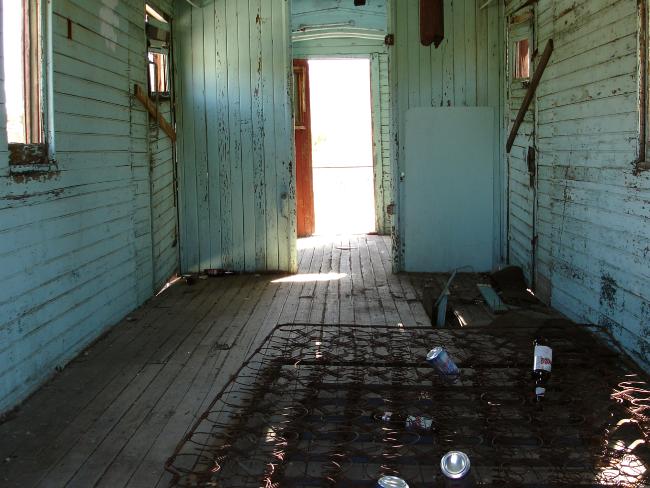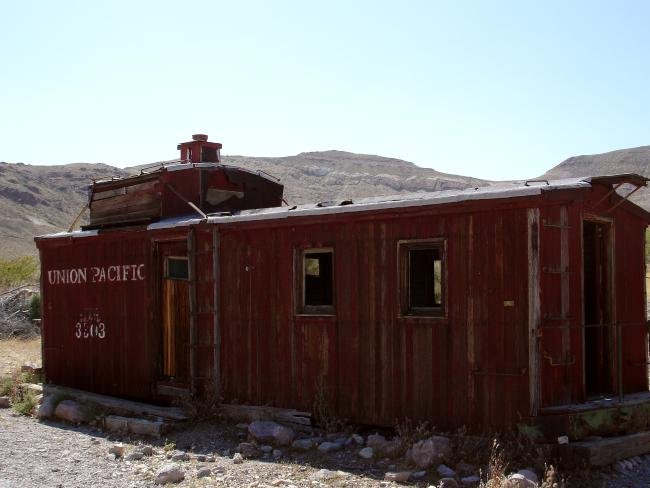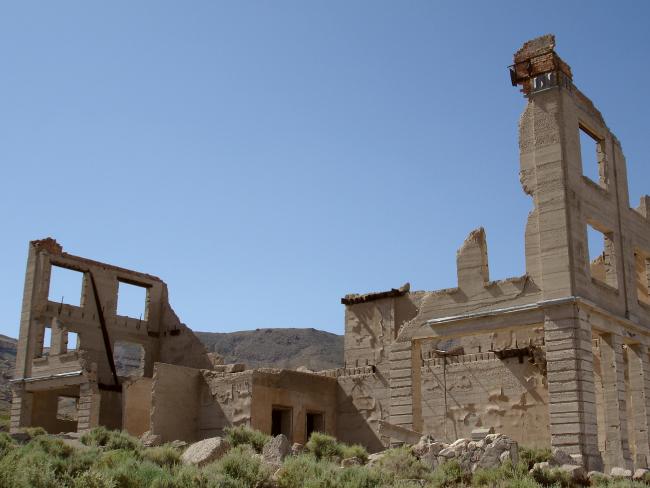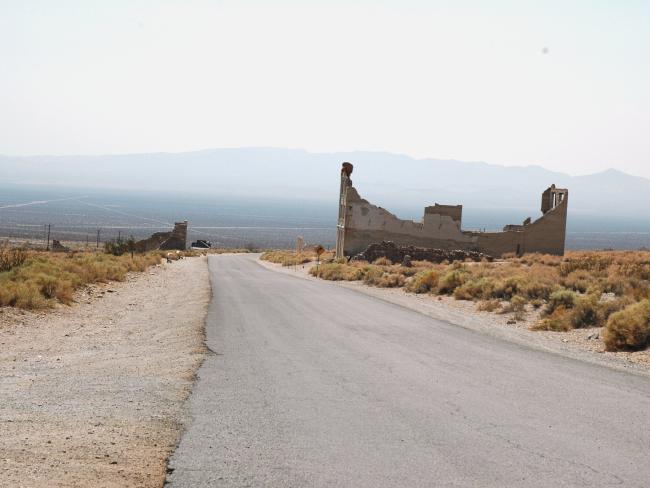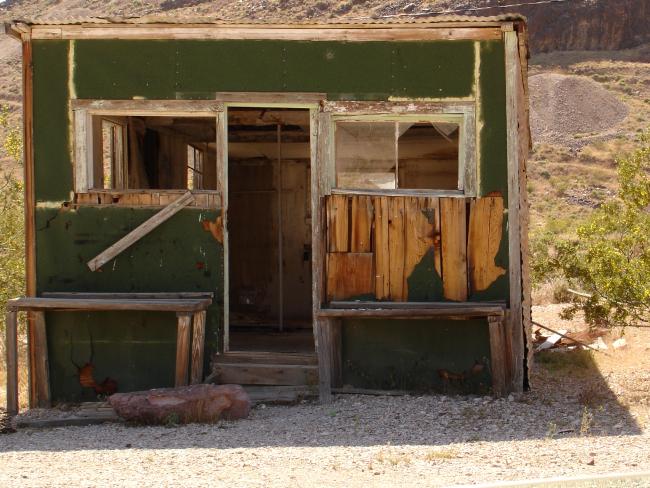The ghost town frozen in time
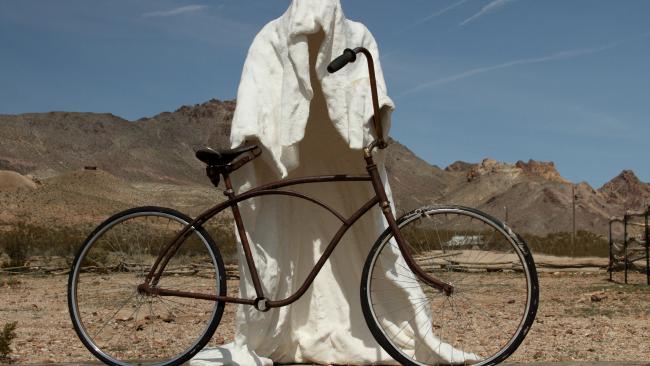
BEYOND the bright lights of Las Vegas, and the snowy mountains of Lake Tahoe, Nevada is home to dozens of fascinating ghost towns, telling the story of a rich gold rush history.
One of the most fascinating is Rhyolite in the Bullfrog Hills, about 190km northwest of Las Vegas, near the eastern edge of Death Valley.
This boomtown sprung to life after a couple of prospectors discovered high-grade ore in 1905. By 1907, Rhyolite had electric lights, water mains, telephones, newspapers, a hospital, a school, an opera house, and a stock exchange. It was the third largest city in Nevada by 1908.
But the town declined almost as rapidly as it rose — it was abandoned by 1916, when the mines played out. Today Rhyolite is a ghost town of dreams.
Rhyolite is home to a quirky museums, Goldwell Open Air Museum, which features a handful of large-scale sculptures built by artists in the 1980s. Popular works include Albert Szukalski’s “The Last Supper”, a sculpture featuring 13 ghostly figures, which permanently sit on an old boardwalk.
The first schoolhouse was a small wooden structure that was completed in 1906 and had a total of 28 students.
One year after the school was opened, they were turning students away from the door. The student population had grown to an astounding 250 children.
The second school, which was built in 1909, still stands in Rhyolite today.
The Cook Bank building is one of the most photographed ruins in the state of Nevada.
Mr Cook came from Goldfield, Nevada to Rhyolite in hopes of opening another Cook Bank.
He started with a small building on Golden Street in 1905, and it did not take long for him to decide he needed a much larger place to conduct business, according to Rhyolitesite.com
Mr Cook hired a contractor to build a three-storey building with a basement. It was completed in 1908, rising to a height of 13 metres. The building had marble floors imported from Italy, mahogany woodwork, electric lights, telephone and inside plumbing.
Политика конфиденциальности | Правила пользования сайтом
